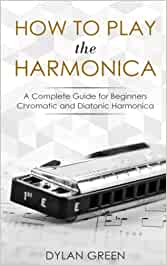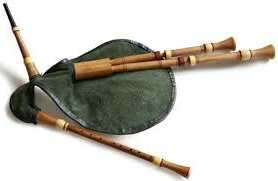
Percussion in the orchestra
Depending on what type of orchestra we are dealing with, we will also deal with such percussion instruments. Some other percussion instruments are played in an entertainment or jazz big band, and others in a symphony orchestra performing classical music. Regardless of the type of orchestra or the music genre played, we can undoubtedly be included in the group of percussionists.
Basic division of orchestras
The basic division that we can make among orchestras is: symphony orchestras and brass bands. The latter can also be divided into: marching or military. Depending on the size of a given orchestra, one, two, three, and in the case of large orchestras, e.g. marching bands and a dozen or so musicians, can be assigned to operate percussion instruments.
Bigger and smaller percussion
One of the seemingly least demanding percussion instruments in the orchestra is the triangle, which is also one of the smallest instruments. This instrument belongs to the group of idiophones of undefined pitch. It is made of a metal rod bent into a triangular shape and is played by hitting one part of the triangle with a metal stick. The triangle is part of the percussion section of a symphony orchestra, but it can also be found in entertainment groups.
Orchestral cymbals – is another instrument from the group of idiophones of indefinite pitch, which is often used in both symphonic and wind orchestras. The plates are made of various diameters and thicknesses and are mainly made of bronze and brass alloys. They are played by hitting one another, most often to emphasize and emphasize a given musical fragment.
We can meet in orchestras marimba, xylophone or vibraphone. These instruments are visually very similar to each other, although they differ in the material from which they were made and the sound they produce. The vibraphone is made of metal plates, which differs from the xylophone, in which the plates are wooden. Generally, these instruments resemble the bells known to us from school music lessons, commonly known as cymbals.
The symphony orchestra must certainly not lack timpani belonging to the family membranophones. Often the music of the person playing on the timpani is called a timpani, which makes the sound out of them by hitting the head of the instrument with a suitable felt-tipped stick. Unlike most drums, the timpani produces a certain pitch.
Orchestral gong is another instrument of our orchestra that belongs to the group of struck plate idiophones. It is usually a large wavy plate suspended on a stand, which, for example, to emphasize the beginning part of a piece, is hit with a stick with a special felt.
Of course, in symphony orchestras, a number of other percussion instruments are also used chimes or tambourine. In these more entertaining orchestras you can meet congas or bongos. On the other hand, military orchestras certainly must not miss a snare drum or a large drum that gives the pulse, which is also used in both marching brass and symphonic orchestras.
Entertainment set
In entertainment or jazz orchestras we usually have a percussion set consisting of a central drum, a snare drum, suspended cauldrons, a well, a machine called hi-hat, and cymbals called ride, crash, splash etc. Here the drummer together with the bassist are the basis of the rhythm section.
This is, of course, a compilation of only the most popular and recognizable percussion instruments that have a specific role in orchestras. Some of them may seem insignificant at first glance, such as a triangle, but without this seemingly insignificant instrument the music would not sound so beautiful. These small percussion instruments can also be a great idea to start making music.





